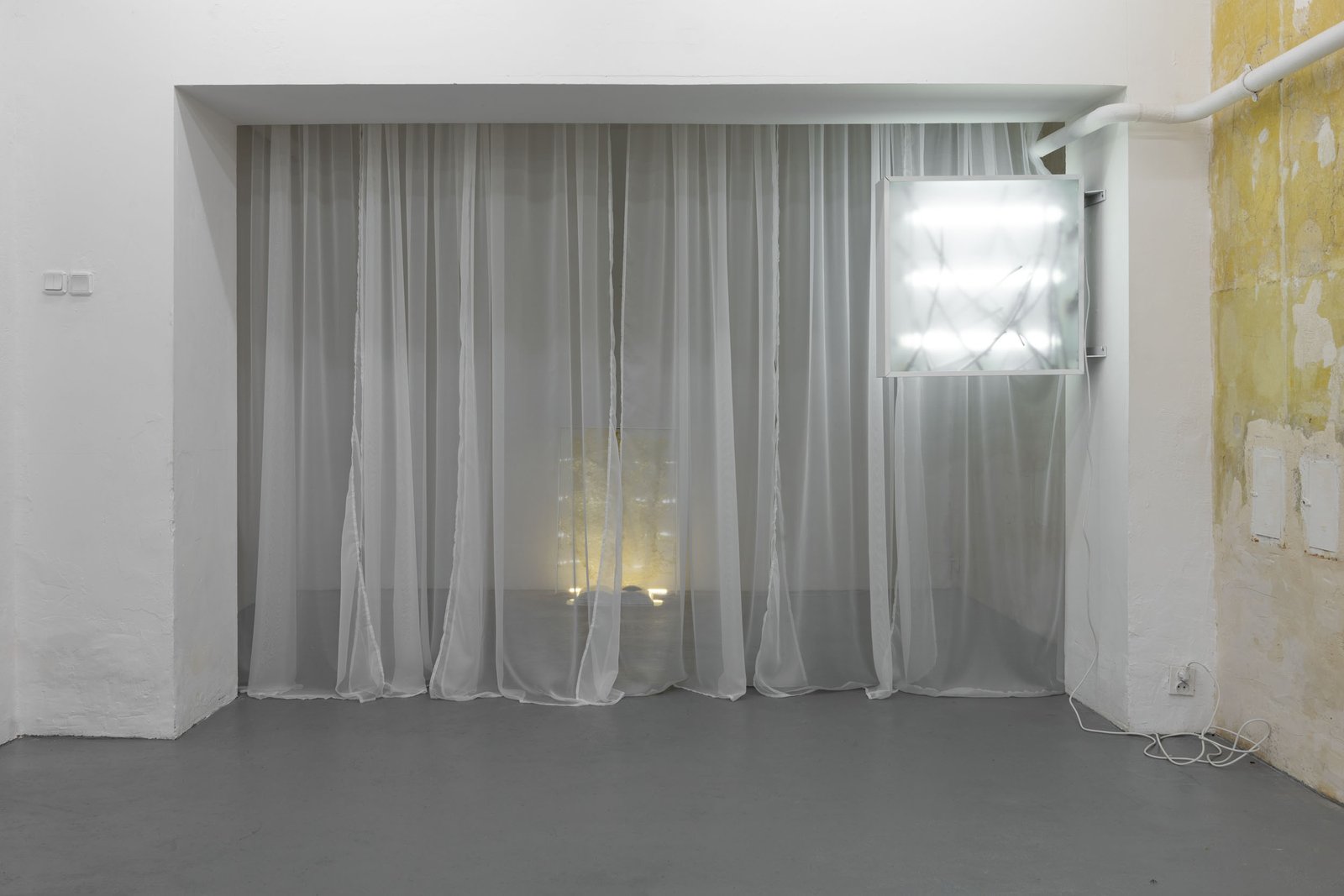
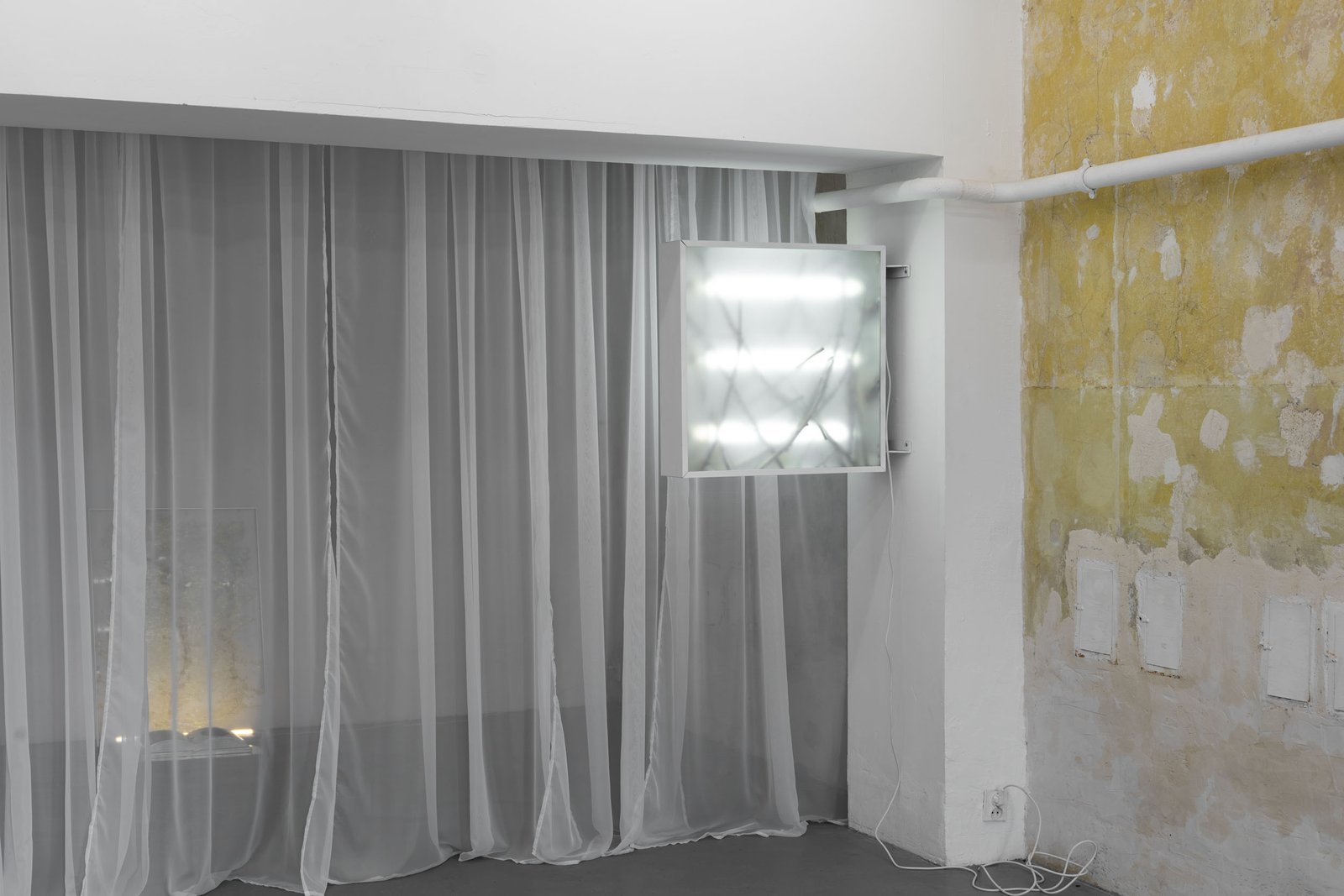
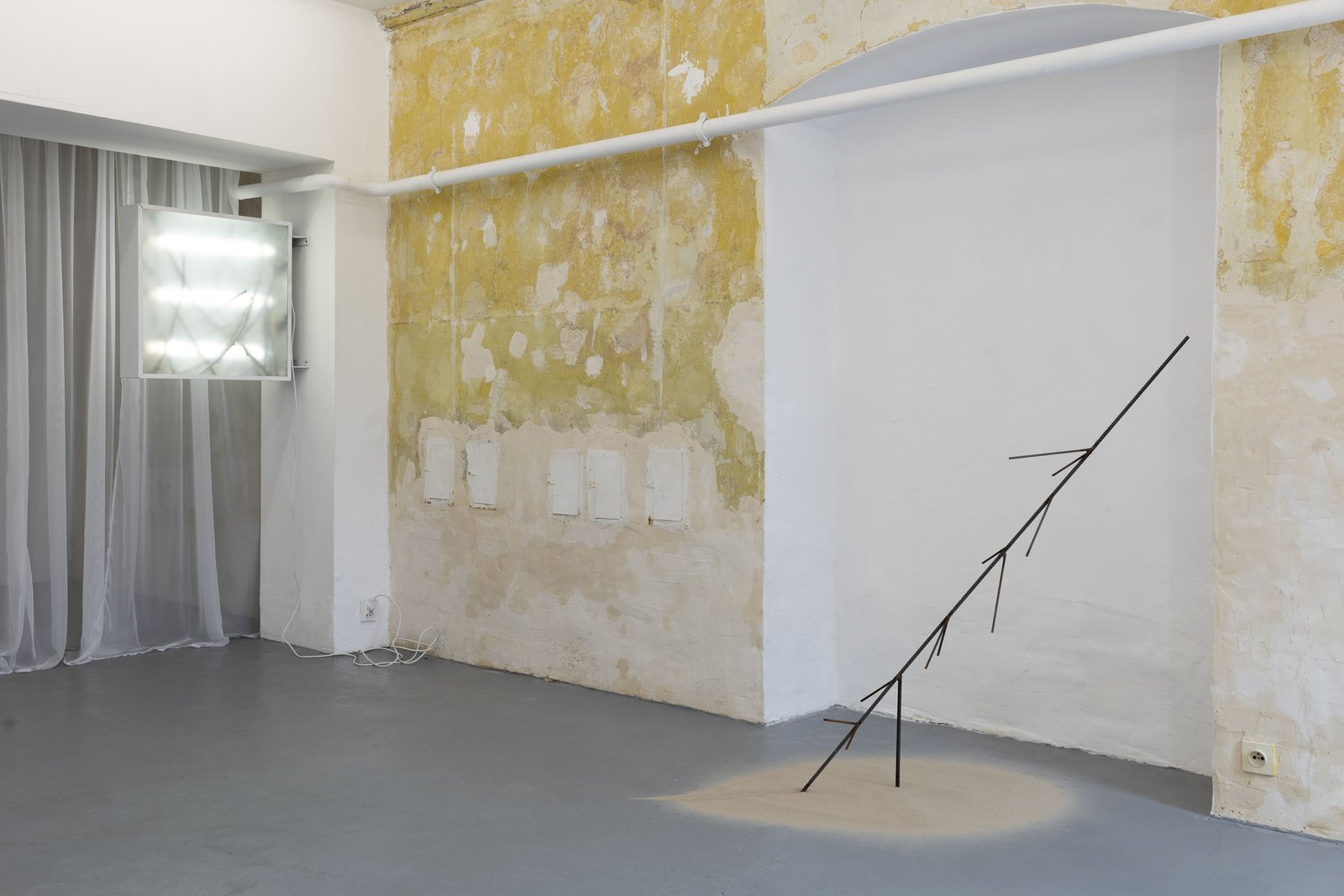
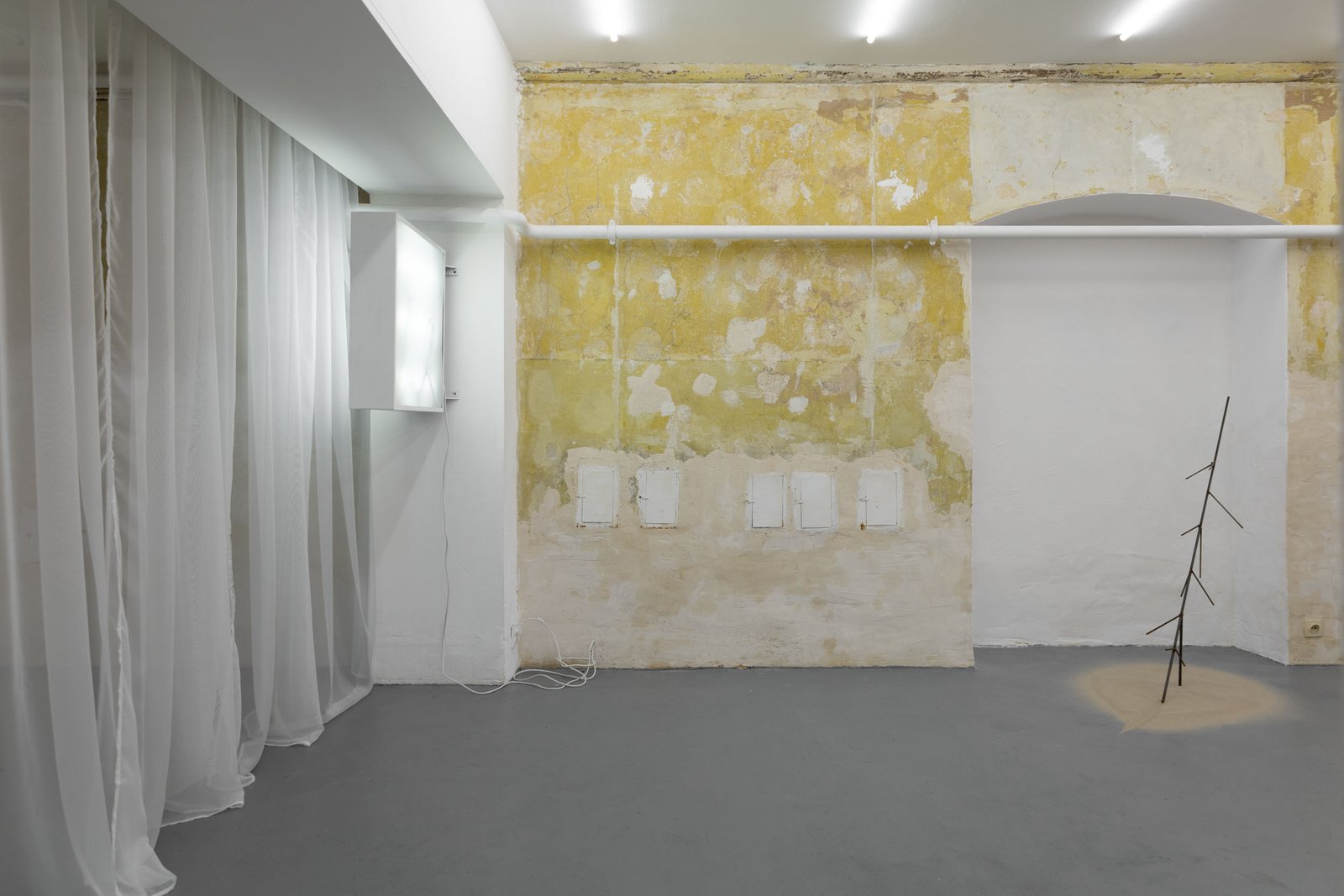
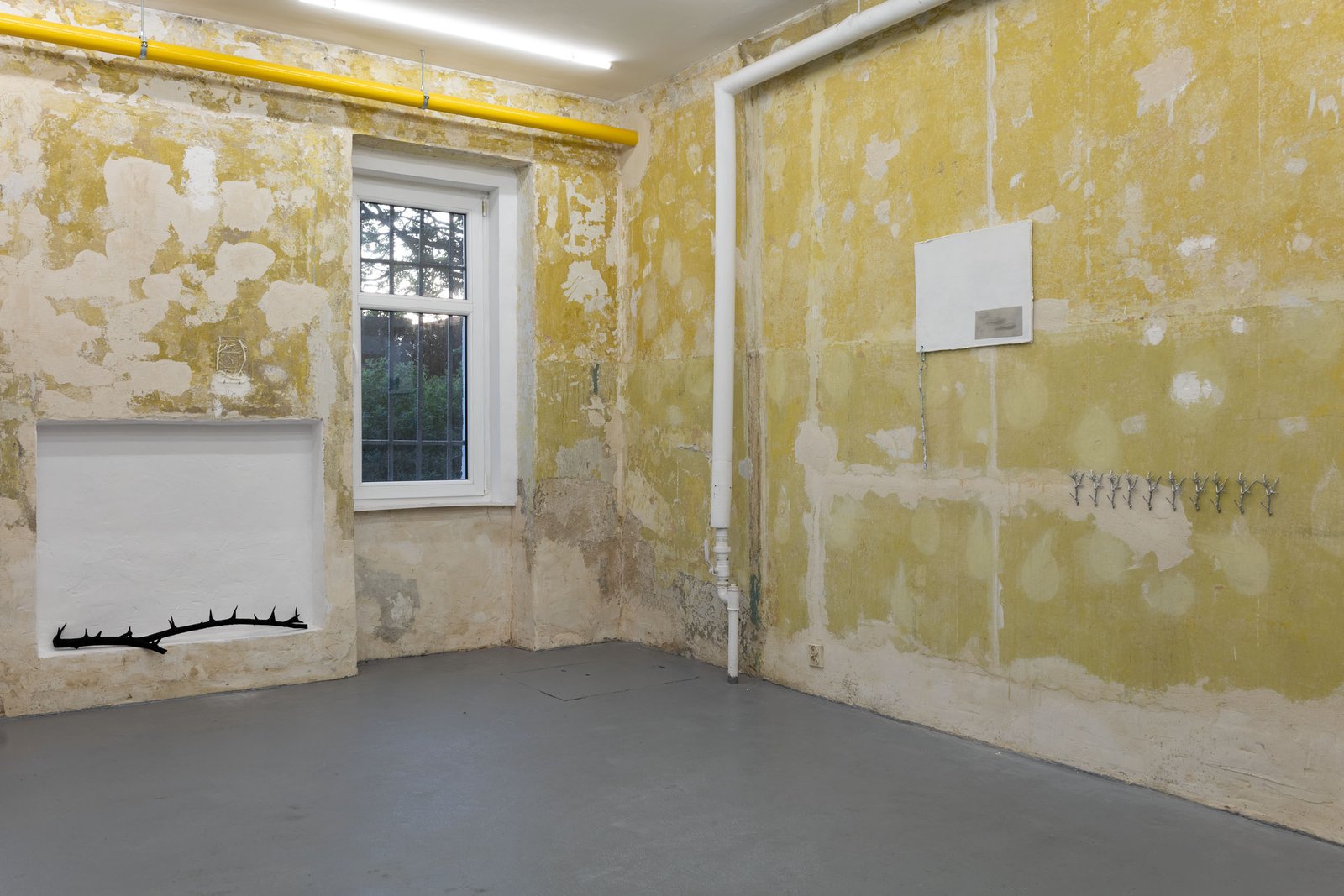
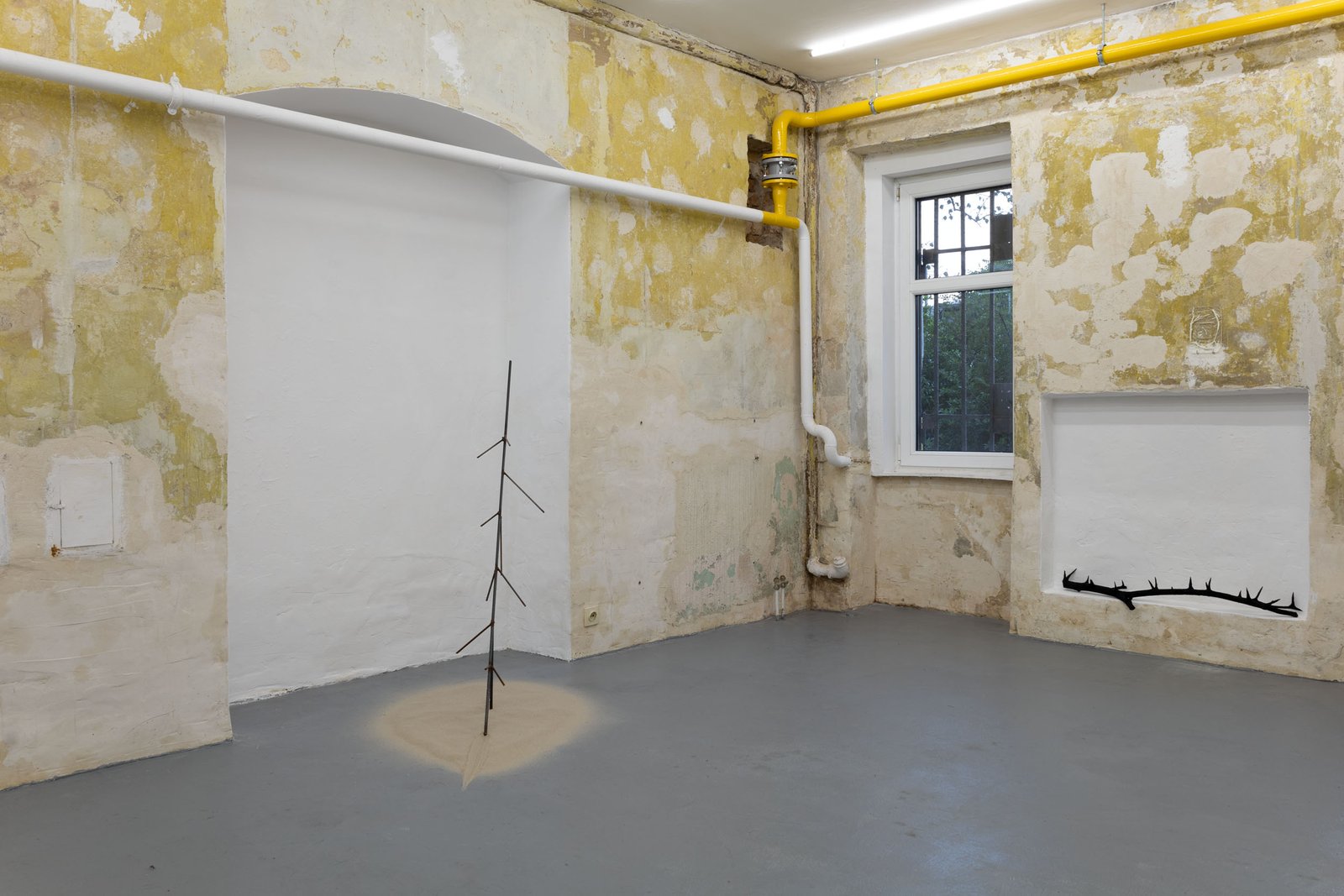
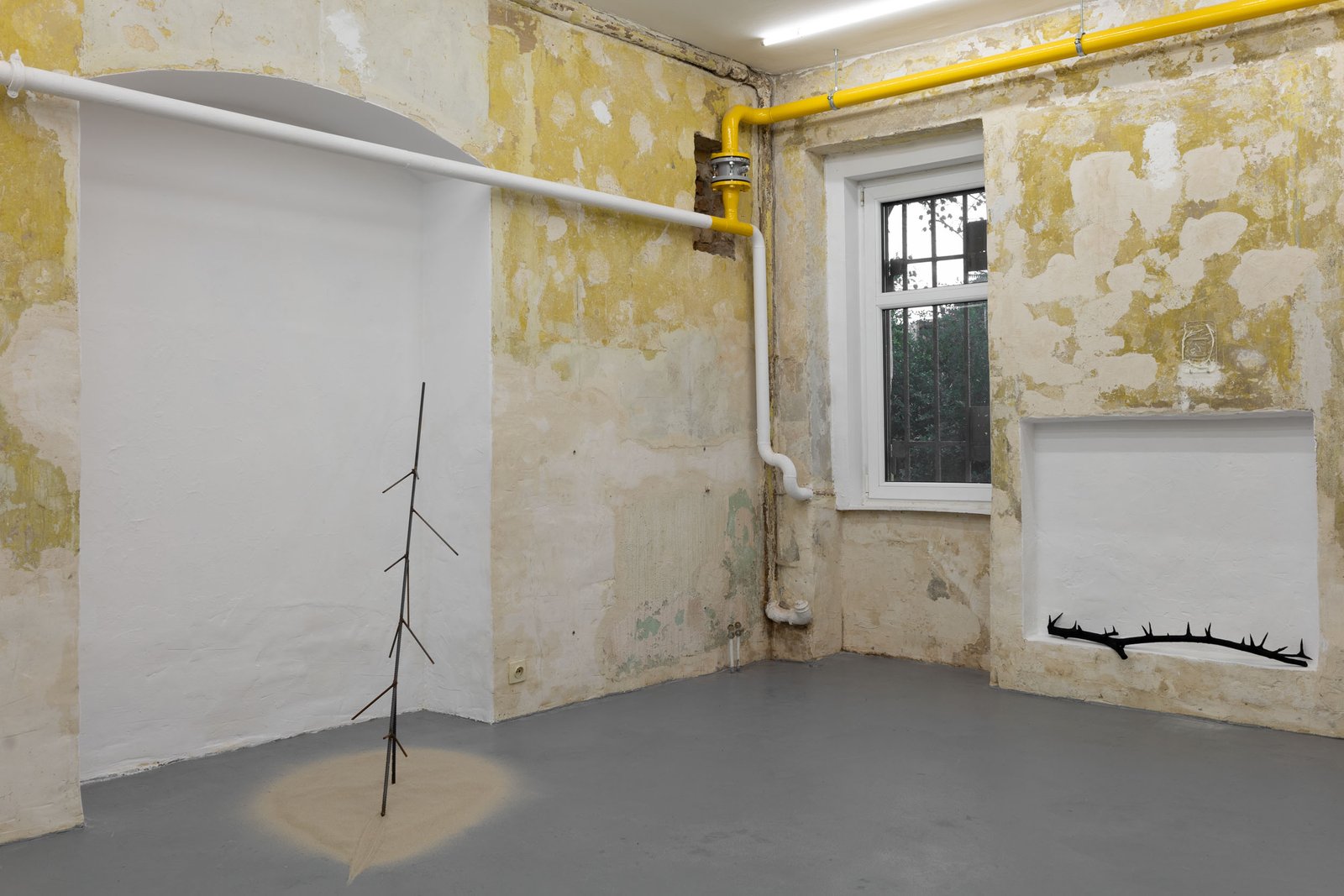
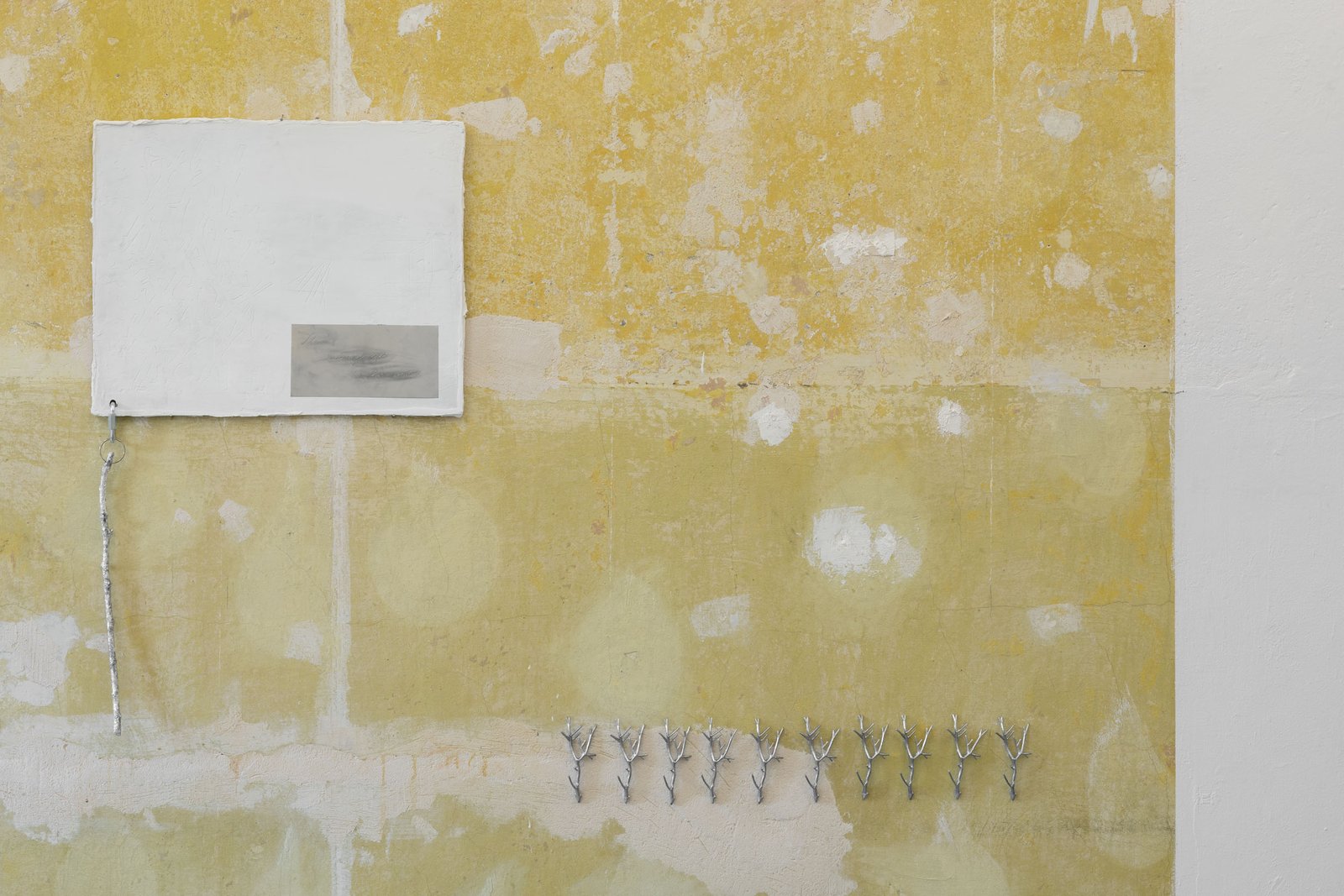
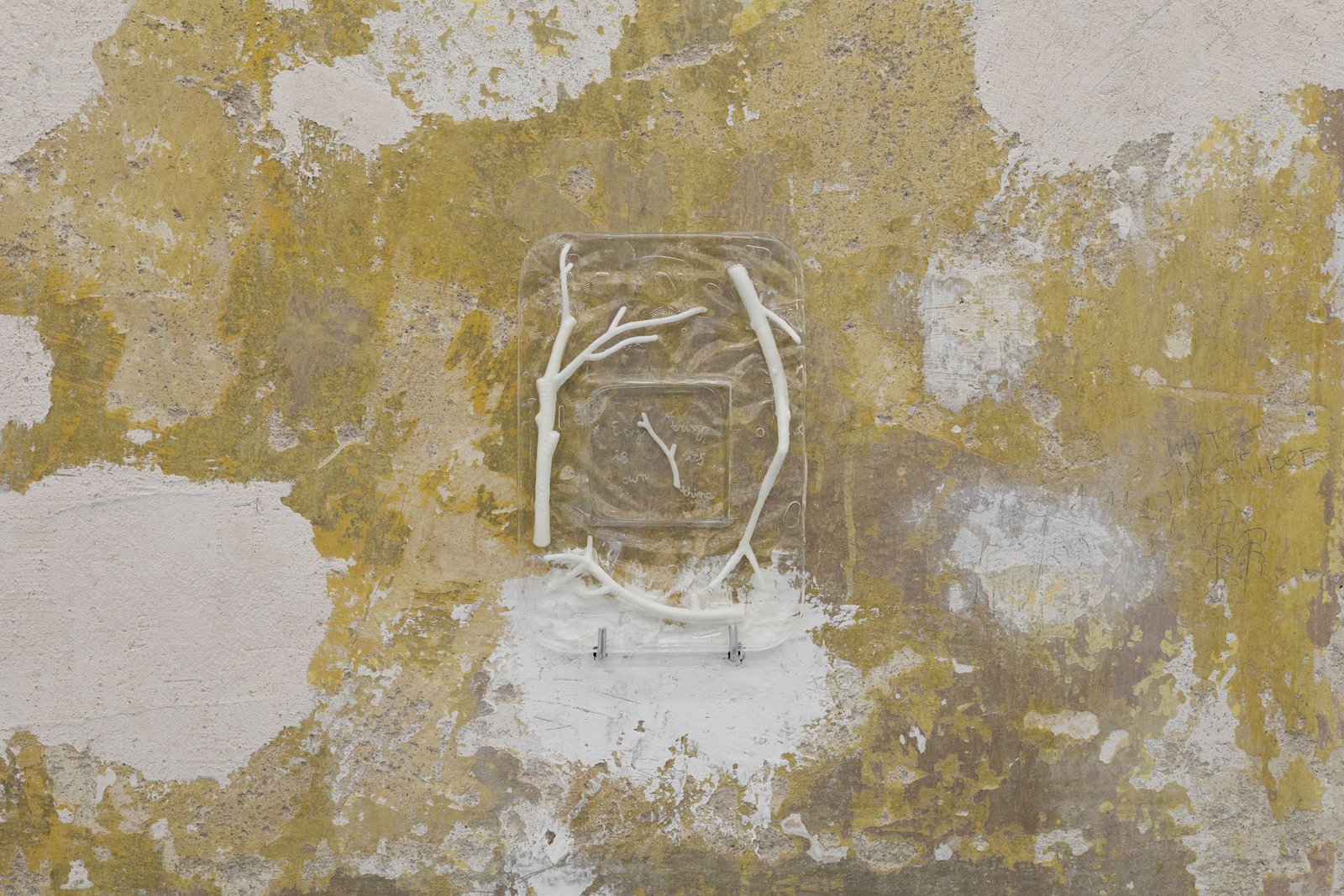
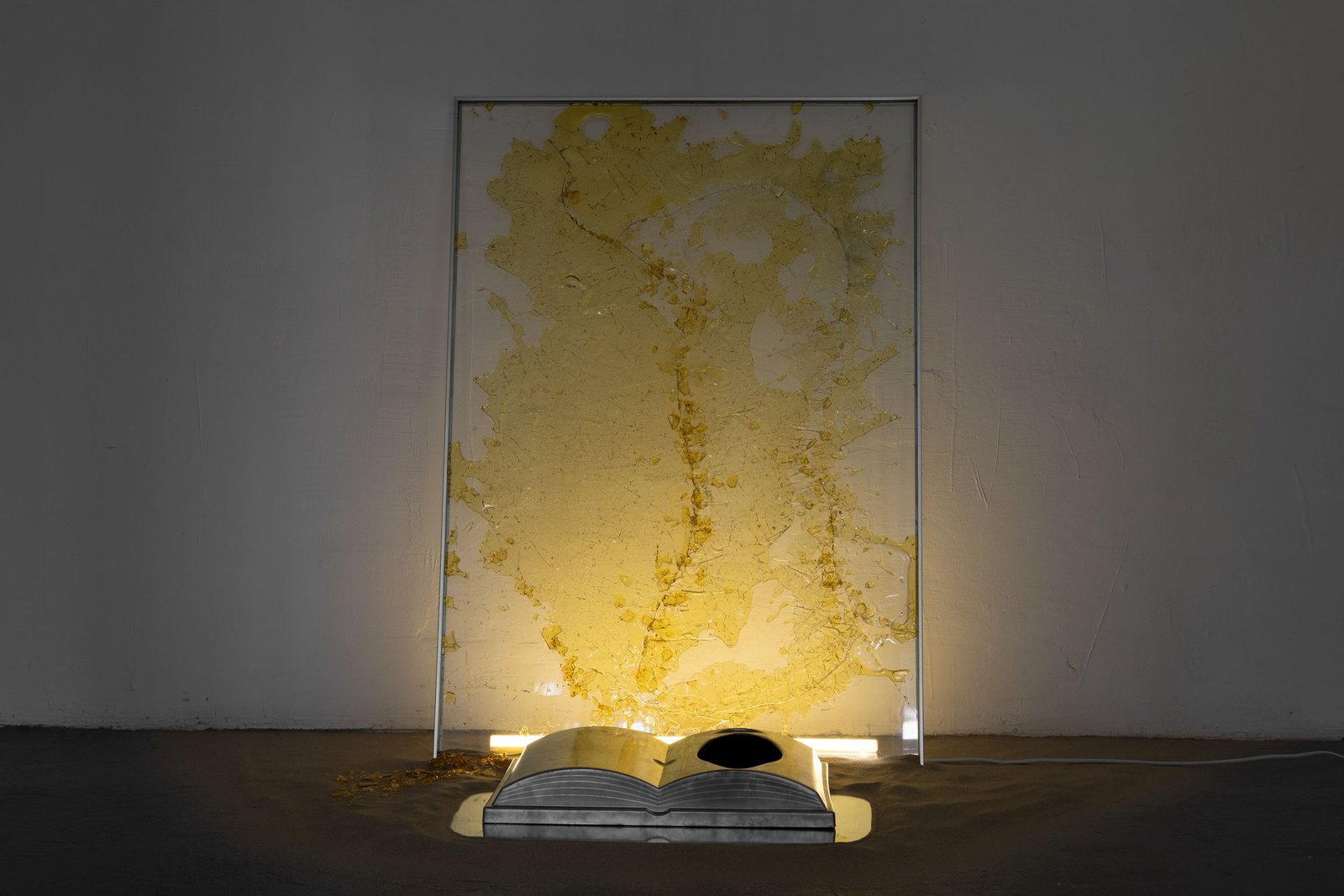
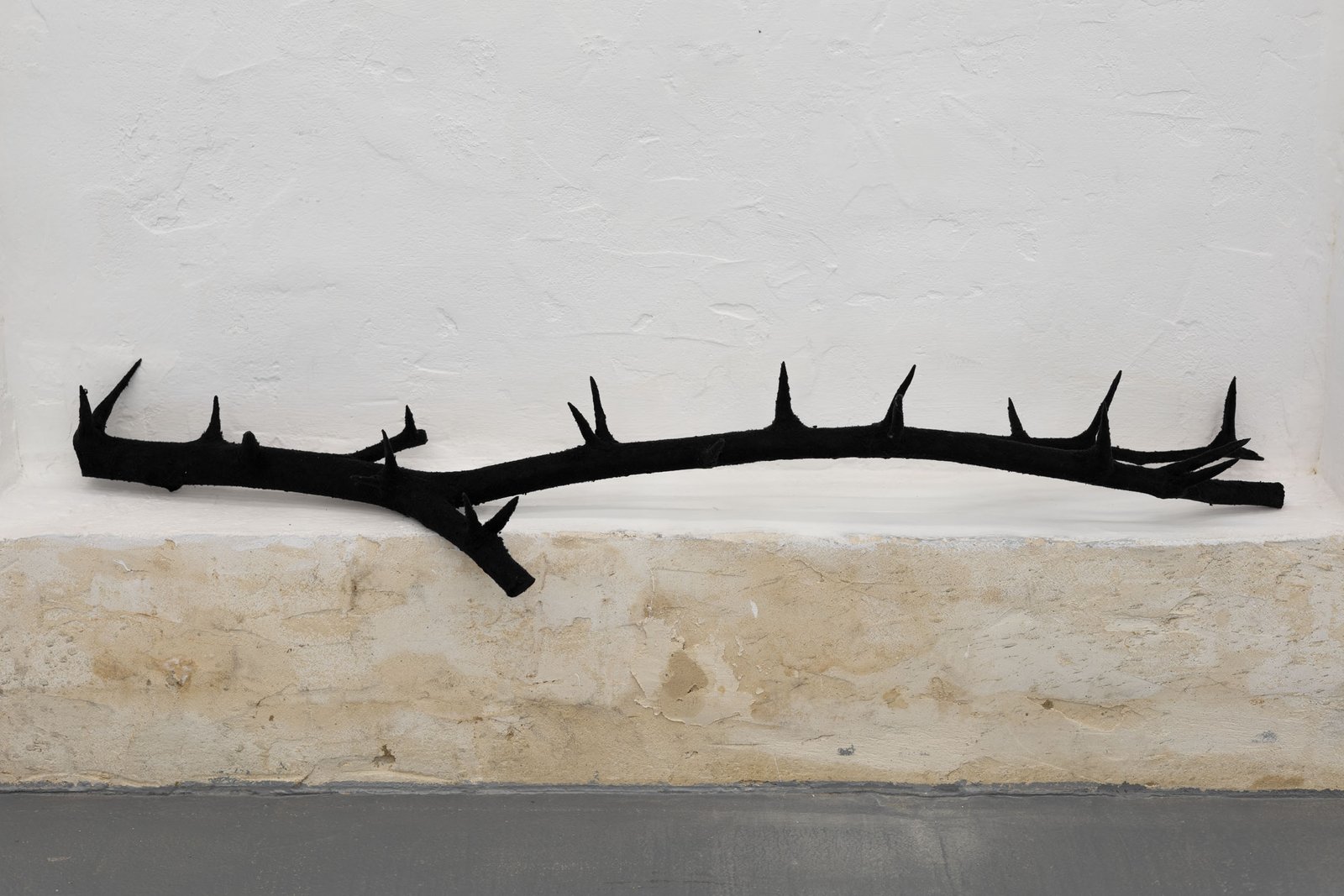
Things are what we want to see them. Or, to put it differently: we see them as we want to hear them told to us. Telling stories about things (but also people, plants, insects, bacteria and others) begins with naming them. Sometimes, therefore, one word equals a thousand images (although it is usually said that it is the other way around). The rank of things is written in language, often defining a place in the hierarchy, assigning them to the category of trophies or leftovers and waste. A stick, dust or a bush belong to the latter category. In Zuzanna Stempska’s art, sticks are material, but also a totem, a relic, a transmitter and even a letter – depending on our constantly changing needs. The less we see (or: the more fragile the evidence), the greater the need to add a story. A poor object is what we see and something completely different. In a museum frame it becomes an allegory, an anecdote, a strange tool. It is what we want it to become.
The museum is a ventriloquist’s apparatus: we speak through things.
The place of poor objects in art history is well-established. According to the neo-avant-garde strategy of “displacement”, what belonged to a site migrated to a non-site so that a transformation, almost alchemical in its nature, could take place. A site is anachronistic, has porous surfaces, collapses inwards, decays, dries and flakes, is disproportionate, unstable, has no angles, is dark, subject to erosion, its boundaries cannot be marked, is “made up” of verbs, the temperature and humidity fluctuate depending on the time of day and year, grows, tends towards entropy. The non-place is stable, clean, proportionate, clear, its substance is homogeneous, it has an even surface, it “consists” of nouns, it has angles, its boundaries can be marked, its temperature and humidity are maintained at a similar level, it strives for hierarchy.
In the repertoire of visual arts, we use tactics that seem to have their origins in religion (they are based on faith). These are: elevation and elevation. This is done with the help of old, proven tools: a frame, a background, a pedestal, sometimes a mirror. Zuzanna Stempska reaches for the classic museum apparatus – filtering objects from the aesthetic order of art and those belonging to the functional regime of everyday life – testing its alchemical power. At the same time, things become this and that, they are set in motion (of meaning, use and rank).
A stick (unlike a branch) is dead. Sticks do not grow on trees. They do not grow at all. They are on the ground, by the ground, in the ground. Death thus separates place from non-place. In the classic critique of the 19th-century institutional model, the frame and pedestal were props from the repertoire of forensic medicine. What was part of life processes (rite or community) landed on the morgue table, subjected to the judgment of an expert eye and exposed to criticism and interpretation. However, there is nothing more sublime than the transfiguration of waste, inanimate (dead) matter. A stick in a sterile gallery situation is a synecdoche, it evokes the “real,” naked world, beyond the bell jar: the forest, the bushes by the highway, but also the unrecordable stories, written with a stick on water.
Sebastian Cichocki, 2025